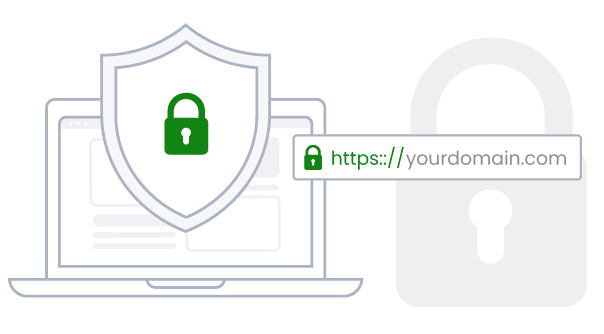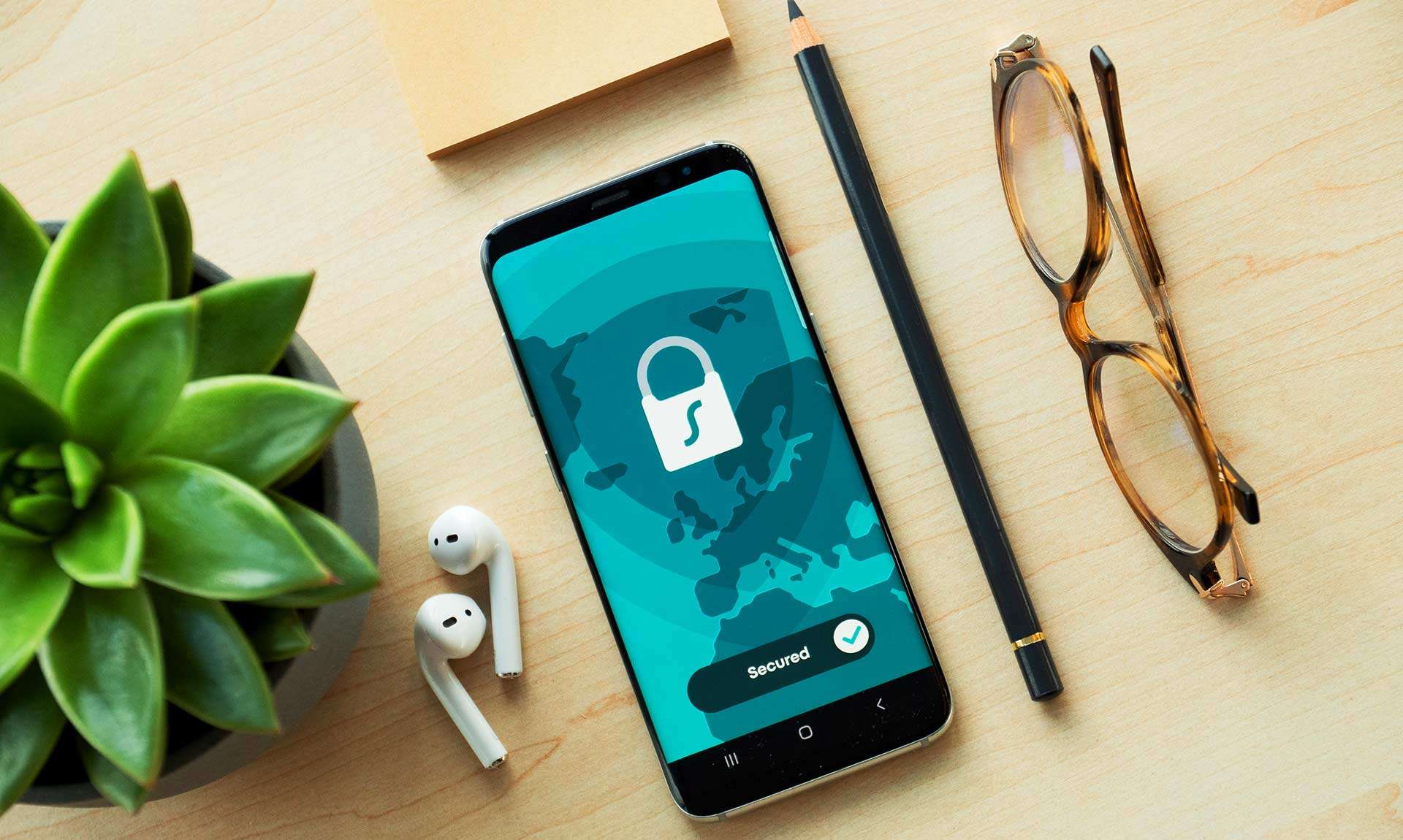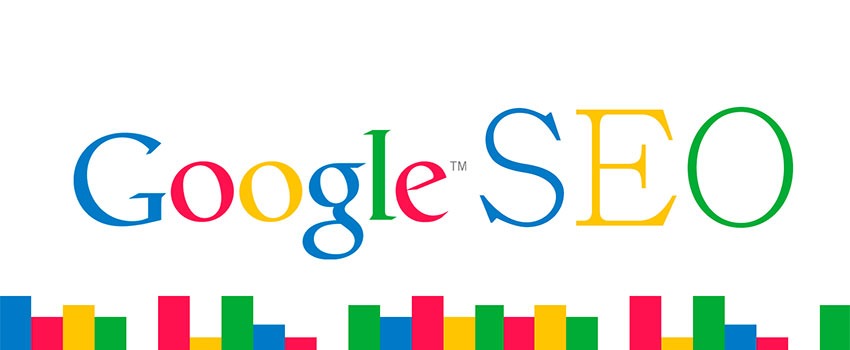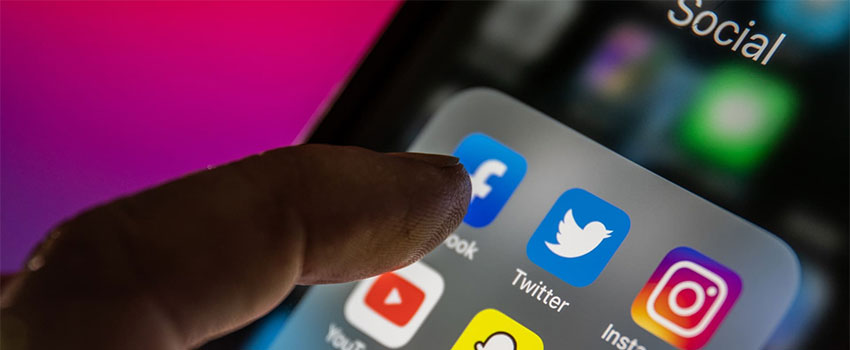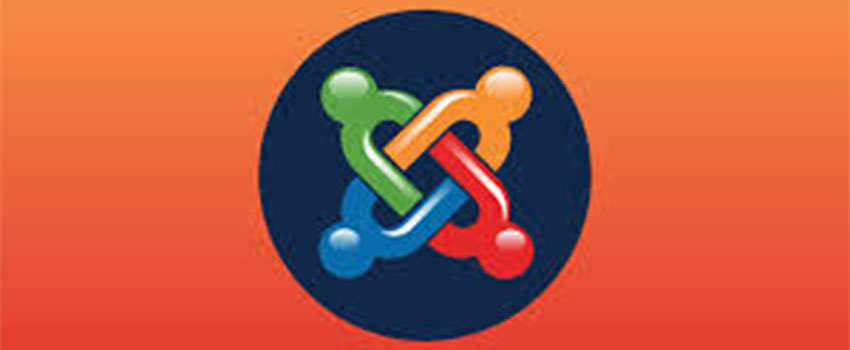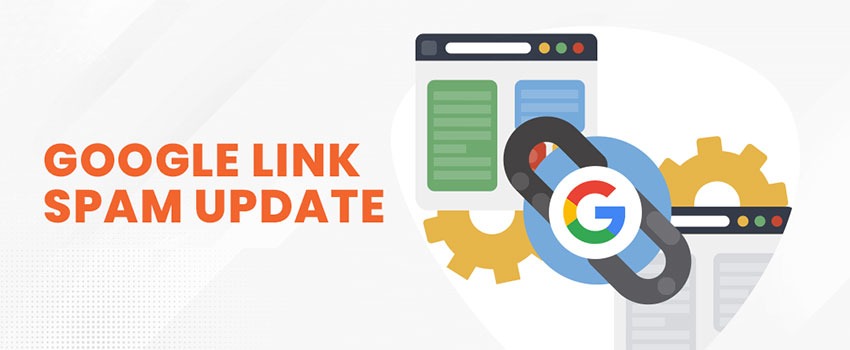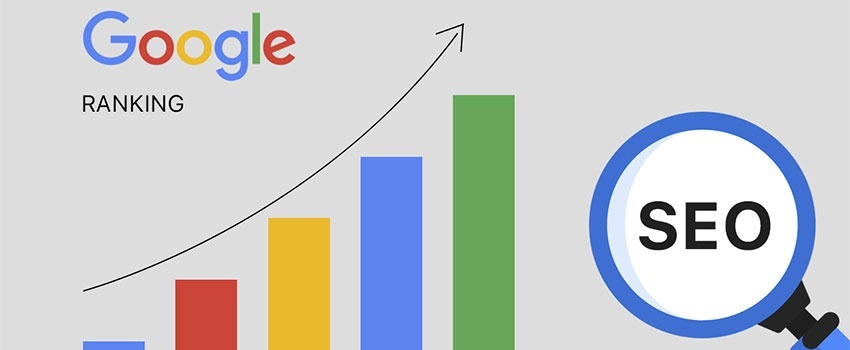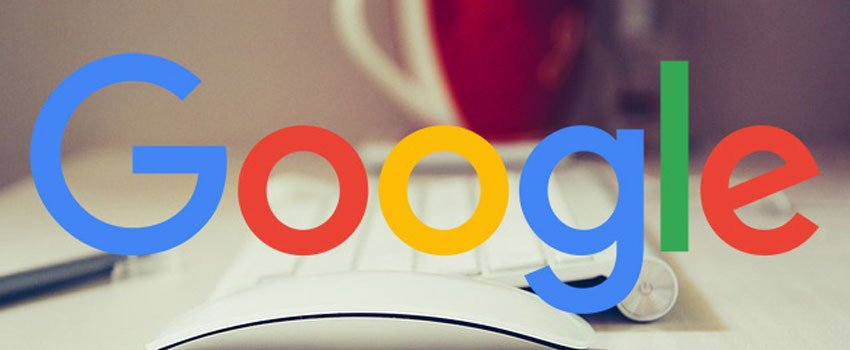The Power of Segmentation and Personalization in Email Marketing
You may be one of those who are inundated with emails daily including promotional emails that clog up your inboxes. Sometimes the amount of emails you receive become a disincentive for reading emails especially when you are choked up with junks. To address this issue, personalization has become a standard practice as what triumphed as new “growth hacks” for email a few years ago is standard practice today (if they’re still around at all). New waves and forms of personalization and segmentation are reshaping the landscape of email marketing.
Related posts you may want to read:
Inbound Marketing and the Performance of Your Display Ads
A Simple Guide to Remarketing a Poor Performing Website
What is Email Personalization
Personalization is when marketers use subscriber data within their email content to make the content feel tailor-made for the individual. It is proven to increase opens rates and drive revenue by as much as 760% because it helps marketers give subscribers more relevant, individualized content. By gathering subscriber data (like a first name) and segmenting subscribers into more detailed lists, marketers are using this tactic to step away from mass messaging and to instead make their subscribers feel like VIPs.
Personalization Techniques
1: Include the Name of the Recipient in the Subject Line
This is a basic but incredibly effective technique that you can start with. Including the name in the subject line is a simple yet powerful modification. It makes the interaction with the customer more human and is an important part of your relationship marketing. The effectiveness of this technique has been proven by numerous studies. For example, Marketing Land found that emails with personalized subject lines were 26 percent more likely to be opened compared to those without.
A number of different businesses participated in this study, but travel companies achieved the most impact.
Using this technique is very easy: include the name of the recipient in the subject line to make it look like you’re having a conversation with them.
Also read:
How Small Businesses Can Compete and Win Against Big Businesses on the Web
A Guide to Local Internet Marketing
2: Personalized Statistics and Data
Let’s suppose you’re providing an online service to customers. They use your web-based service and achieve certain milestones, such as months of usage or some success indicators. Letting them know about their performance encourages them to do more or return to using your tool/service once again!
“Many writers track their performance to determine their total output,” says Neightan White, a content writer at Supreme Dissertations. “That’s why emails like these are super helpful for them.”
3: Perfect Timing
The best time to send emails to your target audience ultimately depends on the nature of your business and your customers (it also depends on time zone and even language, so check out local times and get a translation service to localize the content if required). However, one can make some reasonable conclusions by studying the results of marketing studies.
Entrepreneur has compiled data from multiple studies and found the following:
- If your target audience is entrepreneurs and people who regularly check their email for work, the best time to send emails to get opens, clicks, and responses is Saturday 10 AM.
- For B2B businesses, the best time to send emails to get opens, clicks, and responses is Saturday 10 AM, Tuesday 10 AM, and Tuesday 8 AM, respectively.
- For B2C businesses, the best time to achieve the highest rate of opens, clicks, and responses was Saturday 12 AM, Saturday 12 AM, and Saturday 6 AM, respectively.
4: Personalized Offers based on a Customer’s Behavior
A customer’s browsing experience is a great source of information for email marketing. You can encourage them to do it by sending an email and reminding them that the product is waiting for them. Some businesses even give discounts on these products for a maximum effect.
5: Personalize Your Business
Personalization isn’t limited to using customers’ information and data. To make the communication with your subscribers easier, you should also “humanize” your business (make it more approachable, relatable, and reachable). Why?
“People tend to connect with other people, not businesses,” explains James Daily, Head of Content Department at Flash Essay. “There’s nothing worse for them than receiving an email from a corporate email address that starts with Dear customer.”
HubSpot conducted an A/B testing to determine the effect of inserting a real person’s name in their promotional emails and found that recipients were more likely to open them.
6: Wish Happy Birthday!
This is a nice gesture that helps to connect with a subscriber in a meaningful way and make them feel special. As we mentioned in the introduction, emails are able to increase the revenue by more than 30 percent.
Also read:
8 Strategies to Help eCommerce Marketing Success
Beginner Guide to Internet Marketing
What is Email Segmentation
Email Segmentation Techniques
1. Demographics
The first way many marketers begin email marketing segmentation is by demographic data. Information such as age, gender, company position, and income level can tell a lot about a person’s needs and interests. The more information you can get about your audience in the sign-up process, the more options you’ll have for demographic segmentation. Be careful with this, though, because asking for too much information can scare people off from signing up at all.
Decide which metrics are most essential for your business and include those questions in the signup process.
The easiest way to segment by demographic information is with your website forms. Your email marketing platform will allow you to customize the email sign-up questions, or you can use a plugin to create opt-in boxes.
If you use a tool like Campaign Monitor, demographic segmentation is a part of the email builder. Just select the content you want to segment, and the demographic you want to show it to:
2. Survey or Quiz Results
Some marketers are minimalists who wouldn’t dare to ask for more than an email address to sign up for their mailing list. You can still get access to nuanced data about your customers by creating a survey or quiz. A survey gives you the opportunity to not only get that valuable demographic information, but also insights into individual tastes, preferences, and beliefs.
If you want to send out a survey to your audience and get a lot of responses, you should probably create some kind of incentive for completing it – such as entering them in a drawing to win a prize. Or, instead of pitching it as a survey, turn it into a quiz that offers results that would interest your audience.
There are a lot of different ways to create custom surveys for your audience. If you’re on WordPress, you can use the Quiz and Survey Master plugin to create your custom survey. It also integrates with MailChimp, so you can export your results.
If you use Aweber, you can create a free survey with Google Documents, Survey Monkey, or SurveyGizmo, and then integrate them into your Aweber emails.
3. Email Engagement
Email engagement is another very basic way to segment your lists, but it can have a huge impact on your overall results. Open rate and clickthrough rate are the main metrics here, which you keep track of in your email marketing service.
You can segment by engagement by designating active vs inactive users, such as someone who hasn’t opened your emails in three months. You can then create a specialized campaign designed at re-engaging your inactive subscribers.
Or you can focus on subscribers who do engage, and target them more specifically. For example: you send out an email announcing an upcoming sale, and everyone who clicks through the email link can be categorized as “interested.” You can then create a special campaign to further target them as likely buyers from the sale.
If you use Mailchimp, segmenting by engagement is simple. In the “Activity” tab, you have options to see a variety of subscriber behavior: You can then create unique segments including any or all of these metrics:
4. Geographic Area
There are a lot of different ways to use geographic location data, making segmentation by geographic area a valuable tool – especially for businesses where location greatly influences purchasing decisions. Litmus, for example, used geolocation to send out targeted emails for their Email Design Conference in San Francisco, London, and Boston, including helpful details for each location:
Their targeted emails got them a 68% open rate, compared to a 22% open rate for the general conference announcement.
Other ways companies can use geographic data include:
- Time-based email messages. Stagger your emails to send out at optimum times for customers in different time zones.
- Advertising regional promotions. Send focused emails for events in certain store locations.
- Live webinar or AMA invitations. Adjust event timing based on audience location.
- Personalized travel directions. Customize directions to a store or event based on the reader’s geolocation.
- Where a customer shops. Send out offers specific to the physical store a buyer frequents.
- Location-specific content. Use a location in your headlines or content to draw attention and offer a personalized experience.
5. Past Purchases
Segmenting by past purchases is another simple way to optimize targeting. The easiest way is to start sending out email recommendations for similar items or accessories that would go well with their previous purchase. If a customer bought something that requires replacement, refilling, or renewal, you can send out targeted emails based on their potential needs.
To do this in MailChimp, you’ll need to use either the eCommerce360 plugin or eCommerce360 tracking for purchase activity to appear in your campaign reports.
Then you can segment by product purchased, category of product purchased, or even combined factors.
6. Amount Spent
If you sell a range of high and low cost items, amount spent can be a great segmentation strategy. Use customer expense history to determine which customers are likely to buy more expensive items and which are more interested in affordable, low cost items. Then you can send out targeted emails featuring products that are actually in each person’s price range.
Intermix, a women’s clothing retailer, used this strategy to decrease the value of discounts they sent out. They segmented customers into three groups:
- VIPs – Shoppers with high disposable incomes
- Sales shoppers – People motivated by discounts
- Brand shoppers – Customers who showed loyalty to a brand, but were price-conscious
VIPs were sent out non-monetary offers (exclusive invites and events), while the other two segments were sent discount offers ranging from 10-30%. After everything was said and done, the effort got them a 15% increase in annual revenue.
7. Position in the Sales Funnel
Segmenting by where your audience is in the sales funnel is one of the most valuable ways to customize your messaging.
Someone at the top of the funnel should be receiving different targeted emails than those at the bottom. For example, for a group of brand-new subscribers, their emails should be more generalized, giving a range of the products or features you offer – such as a series of welcome emails introducing them to the brand.
If they’ve been signed up for a while and interacted with certain email content (such as clicking through a link), you can use this information to determine what exactly they’re interested in, and send more targeted emails on that product or service.
Cart abandonment is a common indicator that someone’s at the bottom of the funnel. In 2015, the rate of cart abandonment was 68%. They had intention to buy, but something stopped them.
This presents an opportunity – you can send out a follow-up email reminding them that their cart is still available, or a message featuring the products they were about to purchase.
8. Website Behavior
Keeping track of website behavior is another simple way to get more information about visitors’ interests. For example, you can send targeted emails based on the specific pages they visited – but that’s far from the only option. The sheer amount of behavioral data you can gather now is pretty impressive. There are tools, like Google Search Console, that keep track of visitor scrolling behavior, icons clicked, time active on page, menus visited, and more.
With the ‘Goals’ feature in MailChimp, you can also send out targeted emails based on website activity, such as:
- Pages people visited
- Pages they didn’t visit
- People who visited one page but missed another related page
- What videos they watched (and how long they watched them)
Set up Goal Autoresponders with Mailchimp, and you can send out automatic targeted emails based on the content people did or didn’t engage with on your website.
9. Time Since Last Purchase
Time since last purchase can be a valuable segmentation strategy, since it doesn’t make sense to lump a customer who last bought from you months ago in with one who bought something last week. Instead, you could split them up into two major groups:
9.1. Frequent Buyers
This group purchases something from you at least monthly. They like your brand and are obviously interested in your products, so you target them by:
- Upselling product or plan upgrades.
- Offering promotional deals.
- Promoting new features or products.
9.2. One-time Customers
This group bought one of your products six months ago but hasn’t been back since. Or maybe they used to be a frequent buyer but fell off the grid. Your emails should be targeted at drawing them back to your brand, by:
- Offering personalized discounts on former purchases.
- Highlighting the company’s positive attributes.
- Sending reminders to renew/repurchase.
Onward Reserve, an online menswear retailer, used a similar approach, segmenting by best customers (at least three purchases), non-purchasers, and churning customers. They tailored messages to each group:
Their efforts got them:
- 278% increase in revenue
- 183% increase in CTR
- 41% increase in open rates
10. Personal Interests
This tactic is a little more advanced, but it’s still fairly simple to do with the right tools. You can get detailed information about subscribers’ personal interests by creating user profiles on your website or using an email subscription center. You can ask your audience to indicate their preferences when signing up – and give them plenty of opportunities to update those preferences by including a CTA in your emails. By asking your subscribers to indicate their preferences, you can easily cut through the noise by targeting your audience based on their real interests.
You can create custom subscriber preferences with email marketing tools like Campaign Monitor. Then, just add the preferences tags to every email you send out.
Also read:
Digital Marketing Tips That Yield Big Results
Best Free SEO Tools to Power Your Business
Real personalization is reviving email marketing
If you continually browse your inbox, you have probably noticed a dramatic shift in email marketing trends over the past few years. Emails are becoming better than ever before and used for more purposes than ever before. Anything from promotions to content delivery and building real relationships.
Now that’s not to say that bad emails don’t exist, because they surely do. But, as a collective, email marketing has improved and results are improving with it.
According to one stdy by Campaign Monitor, marketers are noticing a 760% increase in revenue by segmenting traffic. Segmented and personalized email campaigns generate 58% of all business revenue.
If anyone says that email is dying, they are simply wrong.
In fact, email marketing is arguably stronger than ever, but it requires different tactics and a much greater focus on personalization beyond first and last name targeting.
According to a Marketing Dive’s study, “Personalized email subject lines increase open rates by 50%.”
On top of that, segmentation alone can result in increases in virtually every and any email marketing KPI.
So, how are these directly related to the landscape of email marketing?
With success in the tactic comes more of that tactic.
Take advantage of the Power of Visuals in personalization
Some years ago, if you had asked any given email marketer about personalizing their efforts, they probably would have mentioned something along the lines of:
- Be sure to include their first name and last name where appropriate.
- Make sure that you address their name in the subject line.
- Make a personal connection to their needs.
While those tips and tricks were all great strides a few years ago, they are just commonplace, best practices in today’s modern era.
Can you imagine receiving an email with none of the above? What would it even look like? But as consumer behavior and demand changes, so does marketing. Now, text-based personalization is too easy. It’s boring and commonplace, meaning it isn’t going to help increase success on key metrics.
The new holy grail of personalization is image and visual-based. This is because people are tired of text-focused emails:
According to Constant Contact, “Shorter emails get better opens rates; your contacts are much more likely to open your email when they trust that your email gets right to the point and your content is meaningful to them.”
Meaningful content that needs to be short is a match made in heaven for visuals. The question only becomes how you can automate the process at scale.
Visual personalization can come in very diverse formats. But doing it at scale can pay off big time in your campaigns.
Personalization is literally changing the way we do emails to focus less on the text as the selling point and more on creating visually focused emails that captivate attention and make recipients feel special connections to your brand.
Start brainstorming ways that you can include more personalization in your email images and focus less on the text.
Location-based email targeting is winning
More and more consumers want location-based personalization. These are simply marketing messages that revolve around physical locations.
For instance, getting messages from a business nearby that they have discounts on a product that you had been looking for. Segmentation is paving the way for more engaging email marketing.
Targeting user locations based on their segmented list, they were able to increase their click-through rate by 29% as compared to traditional campaigns.
This impressive, highly tailored segmentation is becoming more popular and vastly changing the landscape of email marketing.
Now, we can get customized emails to our specific location. But not only that, our location is now tied with our interests for deeper, more personalized messages:
My browsing history and steps to purchase were almost completed, signaling that I was far down in the funnel. Always take into account funnel stage to avoid customer frustrations of irrelevant or promotional emails if they aren’t ready. Use their past purchase and browsing history to cross and upsell.
People want (and are getting) custom and valuable content – not generic discounts
Ever since the Gmail inbox switched it up and gave us tabs to manage our emails in distinct folder inboxes, promotional emails have had to fight for success.
You know, these tabs that you rarely click on unless you want to pound your head into your desk for the next hour trying to clear them: Even though some of the offers you get in the promotions tab are stellar, like 25% discounts, they still don’t convert at high rates.
In fact, 59% will never open them, ever. Even after they subscribe.
High discounts are compelling, but they don’t scream personalization and they don’t give the user a chance to visualize what that discount could be put towards. The odds that they remember their specific browsing history on your own site are slim to none. This means you have to refresh their memory with personalized tidbits of their experience.
Automation makes segmenting users and personalizing content easy
While all of these new branches of segmentation and personalization in email marketing sound fantastic, scaling them is tough. Especially if you cater to multiple target markets, or multiple products and services. Email lists can get big, but scaling goes hand and hand with segmentation and whittling your lists down to focus on specific niches.
And they aren’t that difficult if you are using advanced email marketing automation.
Personalization and segmentation open the doors for better email marketing, especially when it comes to automation. While automating some high-level things at scale isn’t easy, when you start to segment your list to narrower markets, automation falls into place.



